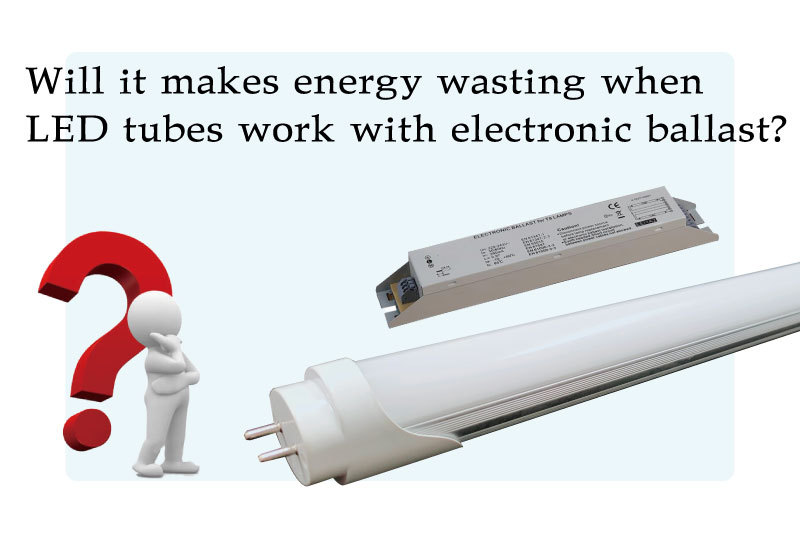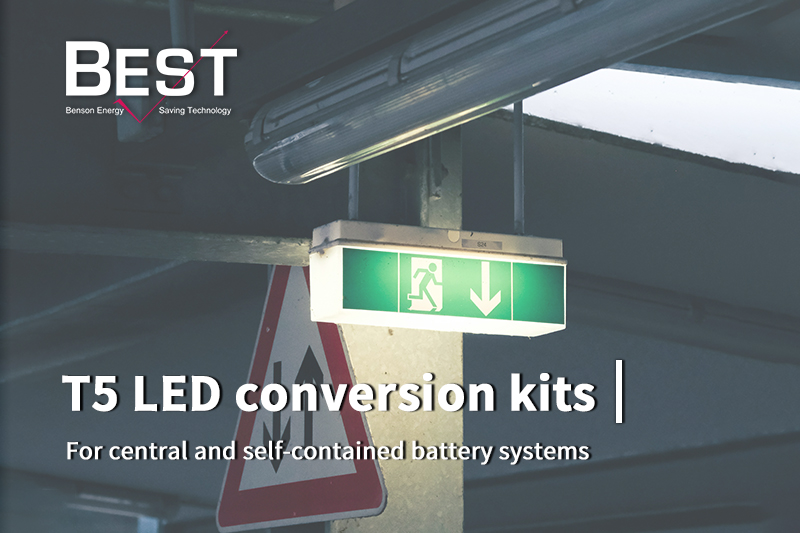
Will it makes energy consumption when LED tubes work with electronic ballast?
The answer is NO, this is a misunderstanding of the electronic ballast.
Benson Energy Saving Technology used T8 LED tube as the testing model, comparing the energy-using of different ballasts.
Traditional magnetic ballast is composed of a coil of copper wire as a voltage transformer. When magnetic ballast operated the wire traps, most of the current and tune it into thermal energy instead of light energy — so-called the ballast loss. Ballast loss caused a large waste of energy, only a few amounts current get through to the LED light. Also because of ballast loss, many people mistakenly believe that
electronic ballasts have the same energy consumption as magnetic ballast, but this is defiantly not the case.
Newly developed electronic ballast has ameliorated the energy consumption of magnetic ballast. Electronic ballasts effectively convert the electricity into light, and the power factor can reach 95% or even higher.
Normally, the working frequency of magnetic ballast, electronic ballast, or AC mains will be 50HZ-60HZ. At low frequency, it can clearly identify the flickering light through our eyes, further causing eye fatigue and discomfort.
Different from them, HF ballast possesses a high frequency from 20 KHz~40 KHz. High frequency supplies LED light power in an efficient and energy-saving way, reducing the energy-wasting by 12% even lower than the lamp rated power. Furthermore, the high-frequency power of HF ballast substantially reduces the flickering condition of LED lights to balance eye comfort.

Energy consumption table of Benson Energy Saving Technology T8 LED tube with different ballasts.
Benson Energy Saving Technology used T8 LED tube as the testing model, comparing the energy-using of different ballasts.
Traditional magnetic ballast is composed of a coil of copper wire as a voltage transformer. When magnetic ballast operated the wire traps, most of the current and tune it into thermal energy instead of light energy — so-called the ballast loss. Ballast loss caused a large waste of energy, only a few amounts current get through to the LED light. Also because of ballast loss, many people mistakenly believe that
electronic ballasts have the same energy consumption as magnetic ballast, but this is defiantly not the case.
Newly developed electronic ballast has ameliorated the energy consumption of magnetic ballast. Electronic ballasts effectively convert the electricity into light, and the power factor can reach 95% or even higher.
Normally, the working frequency of magnetic ballast, electronic ballast, or AC mains will be 50HZ-60HZ. At low frequency, it can clearly identify the flickering light through our eyes, further causing eye fatigue and discomfort.
Different from them, HF ballast possesses a high frequency from 20 KHz~40 KHz. High frequency supplies LED light power in an efficient and energy-saving way, reducing the energy-wasting by 12% even lower than the lamp rated power. Furthermore, the high-frequency power of HF ballast substantially reduces the flickering condition of LED lights to balance eye comfort.

Energy consumption table of Benson Energy Saving Technology T8 LED tube with different ballasts.



